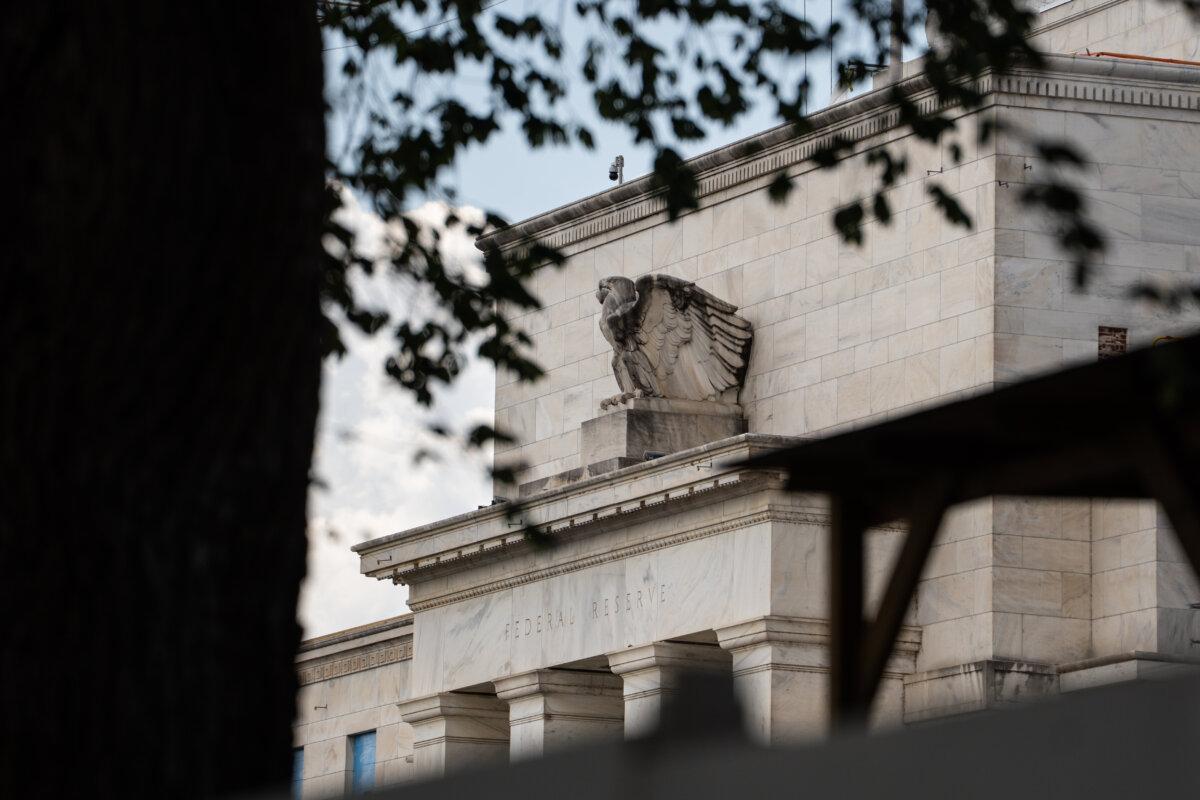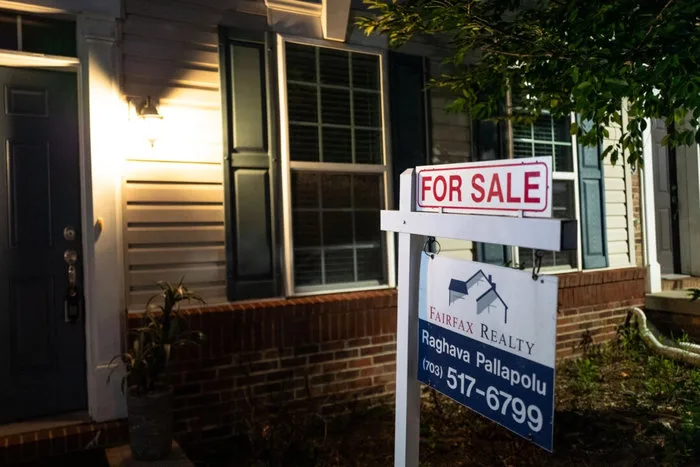By Andrew Moran
Applications for mortgage refinancing have risen from a year ago as declining interest rates allow homeowners to lower their monthly payments, according to new Mortgage Bankers Association (MBA) data released on Oct. 22.
Mortgage loan applications slipped 0.3 percent in the week ended Oct. 17, marking a fourth consecutive weekly decline, the MBA’s latest Weekly Mortgage Applications Survey showed.
While new purchase activity has cooled over the past month, refinancing demand remains strong.
Refinance activity rose 4 percent from the previous week and is up 81 percent from a year ago, “as borrowers remain attentive to these opportunities to lower their monthly mortgage payment,” says Joel Kan, MBA’s deputy chief economist and vice president.
The data indicate that conventional refinances have risen by 6 percent from last week, and Federal Housing Administration refinance applications have increased by 12 percent.
Mortgage borrowing costs have declined for the third straight week, with the average contract interest rate on 30-year fixed-rate mortgages at 6.37 percent.
Despite the tariff-driven springtime volatility in the financial markets, interest rates have dropped sharply over the past 10 months, declining from the mid-January high of 7.09 percent.
Mortgage rates typically track the benchmark 10-year Treasury yield, which has fallen below 4 percent for the second time in the past year.
The steady downward trend in rates has also bolstered the adjustable-rate mortgage (ARM) market.
Applications for ARMs—interest rates that change periodically with market conditions—increased by 16 percent from last week. They now account for 11 percent of the mortgage market, “with the ARM rate more than 80 basis points lower than the 30-year fixed rate,” notes LoanDepot’s chief economist and CIO Jeff DerGurahian.
The average rate for 15-year fixed-rate mortgages slipped to 5.74 percent from 5.77 percent.
Housing Affordability Outlook
Industry experts anticipate interest rates to decrease further in the year ahead, citing the Federal Reserve’s easing cycle and solid demand for Treasury securities amid uncertainty.
The prospect of sub-6 percent mortgage rates by the end of the year is “within reach,” says DerGurahian, signaling potential relief for the U.S. housing market.
“Mortgage rates are trending lower, and the market is setting up for a potentially more accommodative Fed,” DerGurahian said in a note emailed to The Epoch Times. “With CPI data due Friday and the Fed meeting on Oct. 29, expectations for easing remain strong. If inflation stays contained and labor data softens, the path to sub-6 percent mortgage rates by year-end is well within reach.”
Despite the government shutdown, now in its fourth week, the Bureau of Labor Statistics will publish the September Consumer Price Index (CPI) report this week.
According to the Federal Reserve Bank of Cleveland’s Inflation Nowcasting model, the annual headline inflation rate is expected to tick up to 3 percent for the first time since January. Core inflation, which removes volatile energy and food prices, is estimated to dip to 3 percent from 3.1 percent in August.

The Fed, meanwhile, will hold its two-day policy meeting on Oct. 28–29.
Investors overwhelmingly forecast that the policy-making Federal Open Market Committee (FOMC) will follow through on a second straight quarter-point rate cut, lowering the target federal funds rate to a fresh range of 3.75–4 percent.
The federal funds rate is a key benchmark policy rate that influences borrowing costs for businesses, households, and governments.
Traders also anticipate another quarter-point reduction at the FOMC meeting on Dec. 9–10.
Although inflationary pressures have risen at a modest pace in recent months, year-over-year inflation at 3 percent and beyond is unlikely to force the U.S. central bank to pivot away from its current dovish stance, says Stephen Kates, financial analyst at Bankrate.
“Inflation at that level is still unlikely to derail a potential Federal Reserve rate cut in October. A cut at the end of the month would cement the Federal Reserve’s pivot from a focus on inflation toward increased concern over the labor market,” Kates said in a statement to The Epoch Times.
In addition to falling interest rates, U.S. home prices are also offering prospective homebuyers some reprieve, according to new data from Redfin, published on Oct. 21.
Home prices rose 0.2 percent in September—matching the previous month’s increase. Compared to the same time a year ago, prices were up 3 percent, down from 3.3 percent in August and below the 6 percent growth observed earlier in the year.
Ultimately, last month’s reading represented the slowest annual increase in the group’s data since 2012.
“Prices are relatively flat because both buyers and sellers are cautious right now,” said Sheharyar Bokhari, Redfin’s senior economist. “Buyers have more options than they did a year ago.”
Still, affordability remains a top concern, with many households refraining from making major purchases due to worries about the labor market and the broader economy.
“Sellers, meanwhile, have to price carefully, knowing that overreaching can lead to their home sitting on the market. The result is a market where prices are inching up slowly each month,” Bokhari said.
A separate Redfin report found that homebuyers are enjoying the most significant autumn discounts since 2019.





